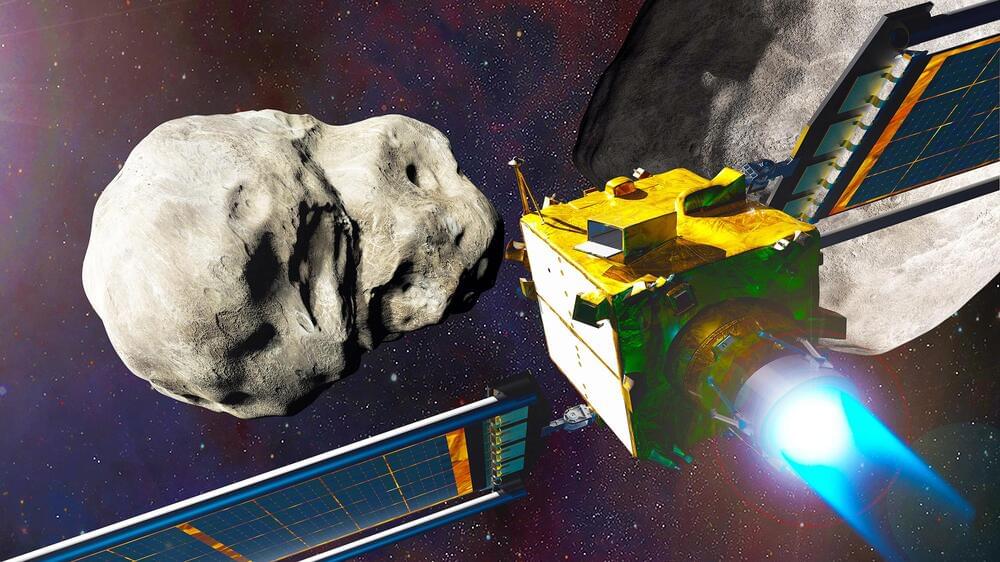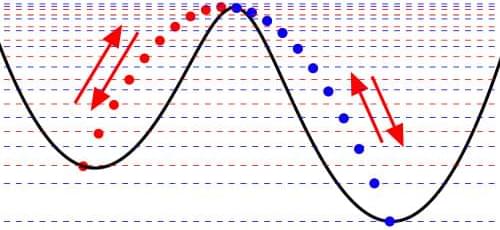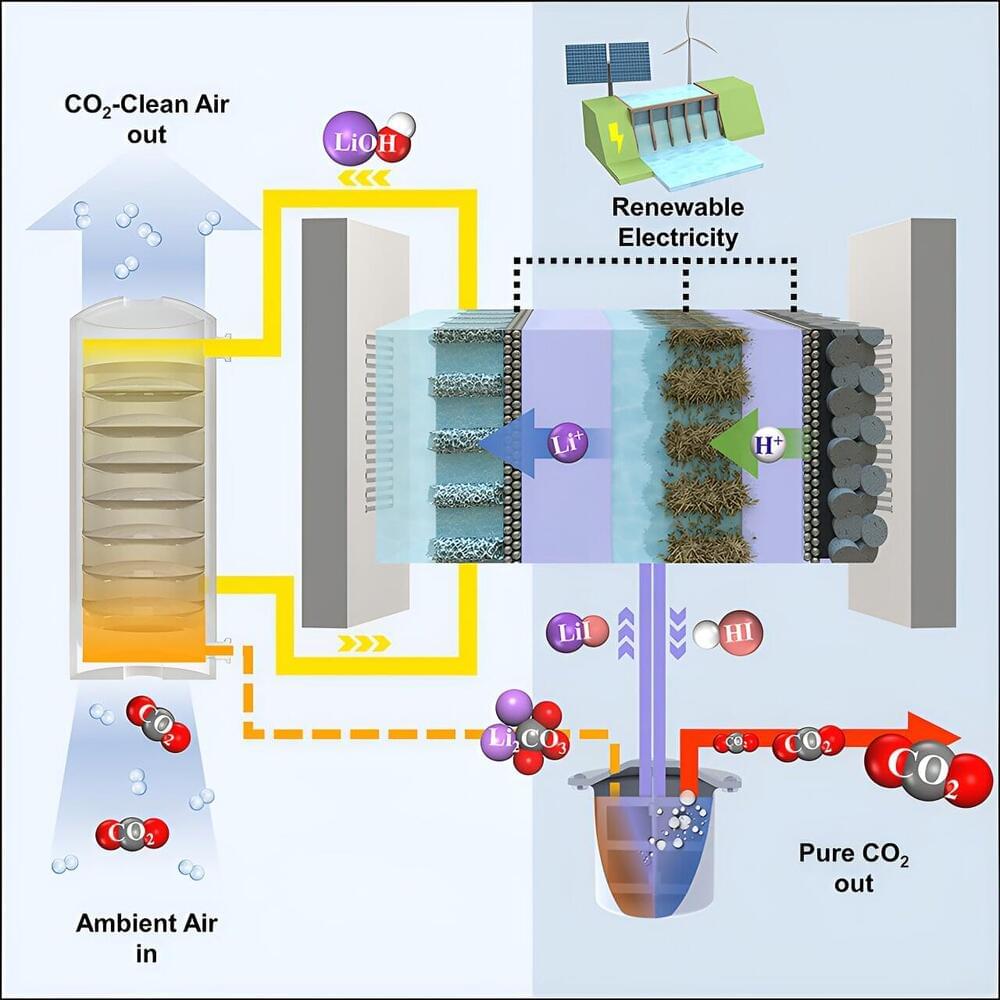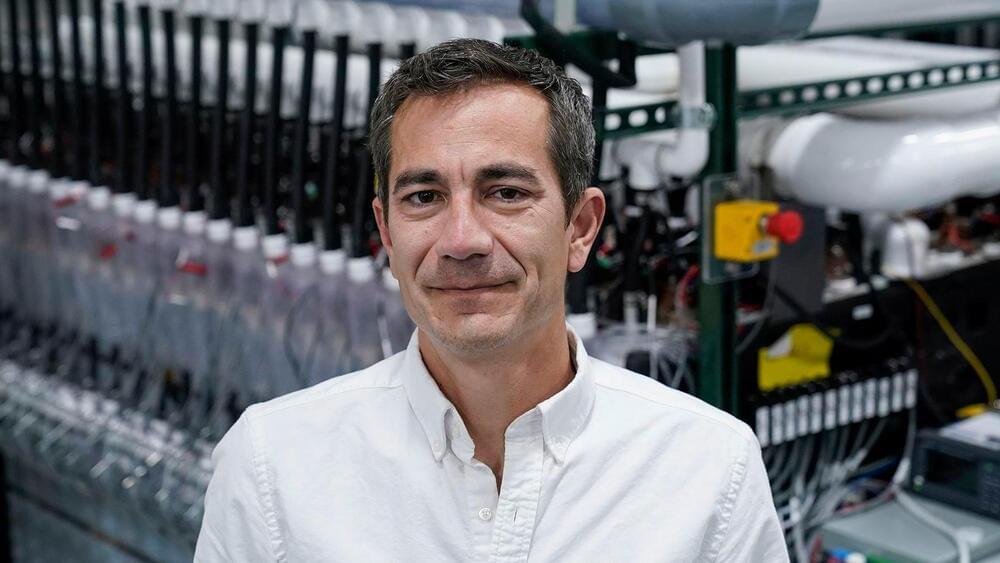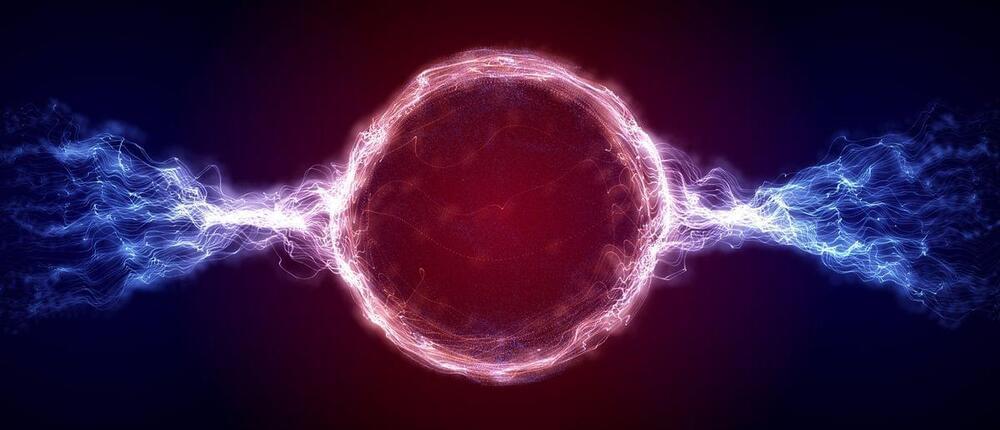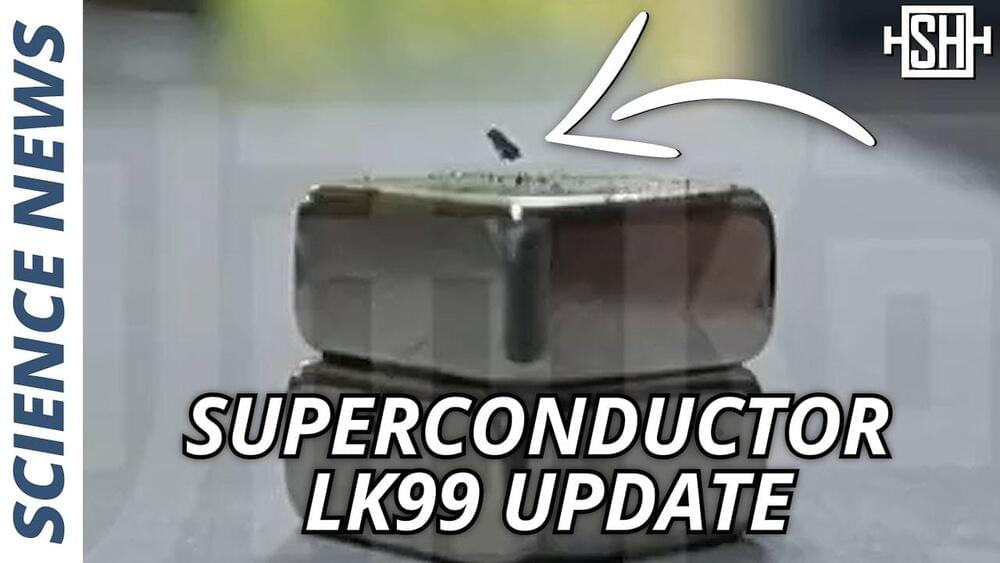Last year, NASA undertook its first planetary defense mission with the Double Asteroid Redirection Test (DART). The goal was to divert the moonlet Dimorphos from its orbit, demonstrating that an asteroid could be redirected in the case of a catastrophic course toward Earth.
The spacecraft’s impact, while altering the moonlet’s orbit, also resulted in the dispersal of 37 boulders from its surface. Some of these space rocks are as wide as 22 feet off its surface.
The DART mission was watched intently across the globe on September 26, 2022. The spacecraft successfully shifted Dimorphos’s orbit from an original 11 hours and 55 minutes to 11 hours and 23 minutes post-impact.
